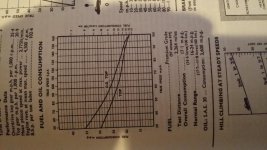In posting this question, I was hoping that someone might have possession of an original manual or sales brochure in which BMC recommends a specific octane level. Unfortunately, we all seem to be operating under the assumption that 'more is better', or safer at least. I suspect we may be overdoing it - not to the detriment of our cars, but to the detriment of our tired wallets at the very least.
A few years ago, I chatted with Phil Allen of Britcar, who was a BL factory rep in Canada and later opened his own service station specialising in British cars. When asked this same question, he recalled that most owners of these cars in the '60s used regular gas, which was typically octane 95, but would occaissionally 'treat' their car to 100 or 103, which were commonly available at the time. Typically, he recommends moving to a higher octane when carbon fouling becomes a problem and it is not alleviated by carb and/or ignition adjustment. If octane is way too low, pinging is the triggger to move to a higher octane, but if too low only by a few points, carbon fouling is an indicator that higher octane is needed.
Steve

 Hi Guest!
Hi Guest!

 smilie in place of the real @
smilie in place of the real @
 Pretty Please - add it to our Events forum(s) and add to the calendar! >>
Pretty Please - add it to our Events forum(s) and add to the calendar! >> 

